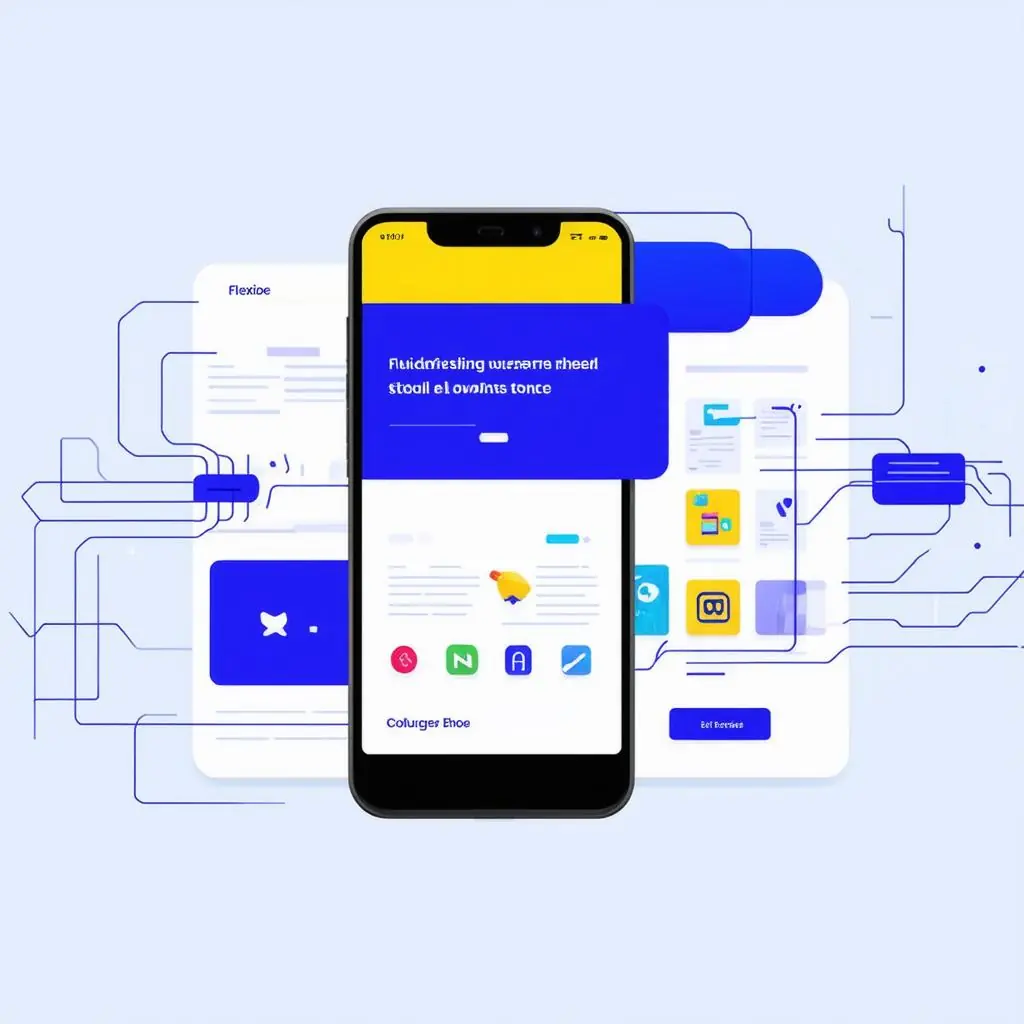As a small business owner, getting the most value out of your web design budget starts with understanding your specific needs and setting clear priorities. Begin by defining the primary purpose of your website—whether it’s to generate leads, sell products, provide information, or enhance customer engagement. Once you know your goals, you can prioritize essential features that will serve those objectives. For example, an e-commerce site might focus on smooth checkout processes, while a blog could prioritize easy-to-read layouts.
Essentials to Consider:
- User-Friendly Navigation: Ensure your site is easy to navigate, with clear menus and a logical structure to help users find information quickly.
- Responsive Design: Ensure your website looks great on all devices, from desktops to smartphones, for maximum reach.
- Compelling Call-to-Actions (CTAs): Include effective CTAs to guide users towards actions like signing up for newsletters or making purchases.
Cost-Effective Design Practices
Developing a budget-friendly website without compromising on quality involves implementing cost-effective design practices. One major strategy is to leverage existing templates and open-source tools, which can significantly reduce upfront costs while providing a professional look. Templates offer flexibility, and many platforms allow customization to fit your brand’s aesthetic.
Additional Practices:
- Focus on Core Features First: Avoid costly add-ons initially; you can always expand later. Prioritize essential functionalities.
- Use Stock Resources: Take advantage of free or affordable stock photos, graphics, and icons to enhance your visuals without hiring a designer.
- Streamlined Content: Keep your content concise and compelling to reduce design complexity and improve load times, enhancing the user experience.
Choosing the Right Web Design Agency
Selecting the right web design agency is crucial for small business owners working with tight budgets. Look for agencies that offer transparent pricing structures and that specialize in small business needs. Cornelius Website Solutions, for example, offers an affordable starter rate and a free initial website demo, which can help you evaluate their service quality without risk.
Key Considerations:
- Portfolio Review: Examine the agency’s portfolio to ensure they have experience with businesses similar to yours and can deliver the style you envision.
- Testimonials and Reviews: Seek out client testimonials and reviews to gauge satisfaction levels and successful project outcomes.
- Future Support and Scalability: Choose an agency that offers ongoing support and maintains your website, which can save money and provide peace of mind as your business grows.
Maximizing User Experience
An optimal user experience (UX) is instrumental in driving customer engagement and achieving your business goals. Elements such as fast load times, intuitive design, and enjoyable interactions are critical components of a successful UX strategy.
Steps to Enhance UX:
- Fast Loading Times: Ensure your website is optimized for speed by minimizing heavy graphics and utilizing efficient coding practices.
- Consistent Branding: Use consistent fonts, colors, and messaging throughout your site to bolster your brand identity and improve user trust.
- Interactive Features: Incorporate interactive elements like forms and chatbots that engage users and provide value, all within budget-conscious designs.
Continuous Improvement and Evaluation
Finally, maintaining an effective, budget-friendly website involves regular assessment and updates. Analyze your website’s performance using tools like Google Analytics to understand how users interact with your site and identify areas for improvement.
Tips for Continuous Improvement:
- Regular Content Updates: Fresh content keeps your site relevant and can improve search engine rankings.
- A/B Testing: Experiment with different design elements to see what resonates best with your audience and makes a tangible impact on engagement.
- Feedback Loop: Encourage customer feedback about their experience on your website to gain insights and guide iterative enhancements.
By implementing these strategies, small business owners can maximize their web design budget effectively while ensuring a professional and engaging online presence. With the right planning and partnerships, achieving a high-quality website is within reach, even when every dollar counts.



